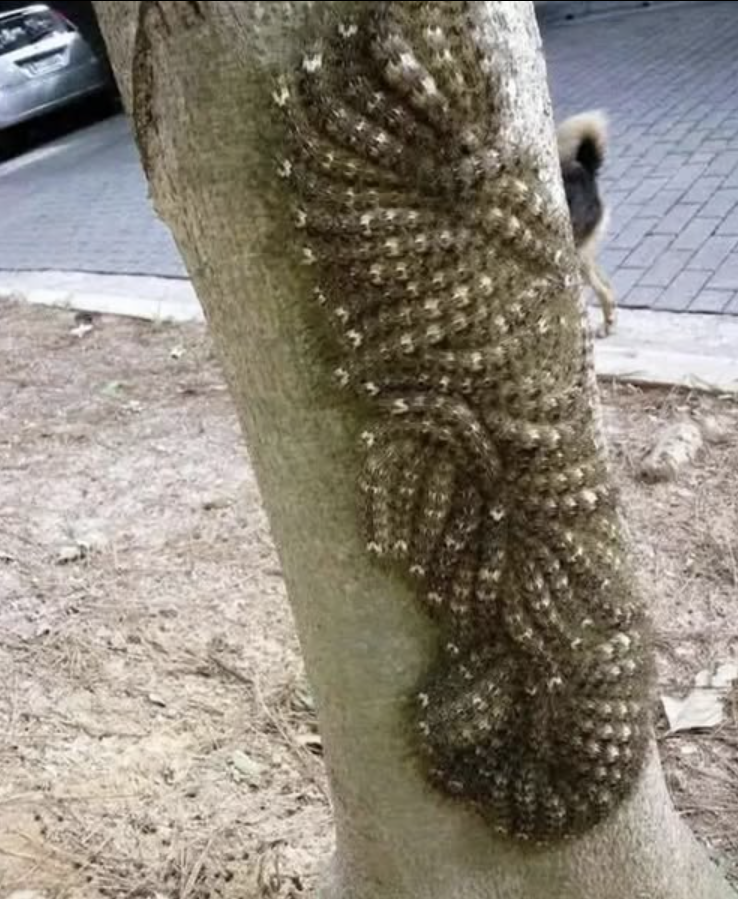- 🌿 Three pointed leaflets per stem
- 🍃 Leaves can be shiny or dull, green (spring/summer) or red (fall)
- 🌲 Grows as a vine (on trees, fences) or low shrub
- 🚫 Often mistaken for harmless plants like boxelder or blackberry
⚠️ It grows in yards, parks, trails, and forests — not just deep wilderness.
🤕 What Happens If You Touch It?
- Rash appears 12–48 hours after contact
- Symptoms:
- Redness and swelling
- Intense itching
- Blisters that can ooze
- Rash can last 1–3 weeks
- Inhaling smoke from burning poison ivy can cause severe lung irritation — a true emergency
❗ My daughter didn’t touch it — but if she had, her sensitive skin could have reacted badly.
✅ How to Stay Safe in Nature
1. Teach Kids the “Leaves of Three” Rule
- Make it a game: “Spot the poison ivy!”
- Use picture cards or apps to help them learn
2. Wear Protective Clothing
- Long sleeves, pants, and closed shoes on trails
- Consider barrier creams (like IvyX or Tecnu) before hiking
3. Wash Immediately After Exposure
- Scrub skin with cool water and soap within 30 minutes
- Wash clothes, shoes, and pet fur — urushiol can linger
4. Never Burn It
- Burning releases toxic smoke — dangerous to lungs
5. Remove It Safely (If on Your Property)
- Wear gloves and long sleeves
- Use herbicides or dig out roots (dispose in sealed bags)
- Never pull by hand
🌱 Other Dangerous Plants to Know
🔍 When in doubt, don’t touch unfamiliar plants.
💬 A Parent’s Lesson
That day in the woods changed how I prepare for outdoor adventures.
Now, I teach my daughter to:
- Look before she reaches
- Ask questions about plants
- Respect nature — even the quiet, green parts
Because curiosity is wonderful — but safety comes first.
And if sharing our story helps one other family avoid a painful rash, it’s worth it.
Final Thoughts
You don’t need to fear nature to respect it.
By learning to recognize hidden dangers, we protect our families — and preserve our love for the outdoors.
So next time you go for a walk in the woods…
take a moment to look around.
Teach someone the rule:
“Leaves of three, let it be.”
Because sometimes, the most important survival skill is knowing what not to touch.
